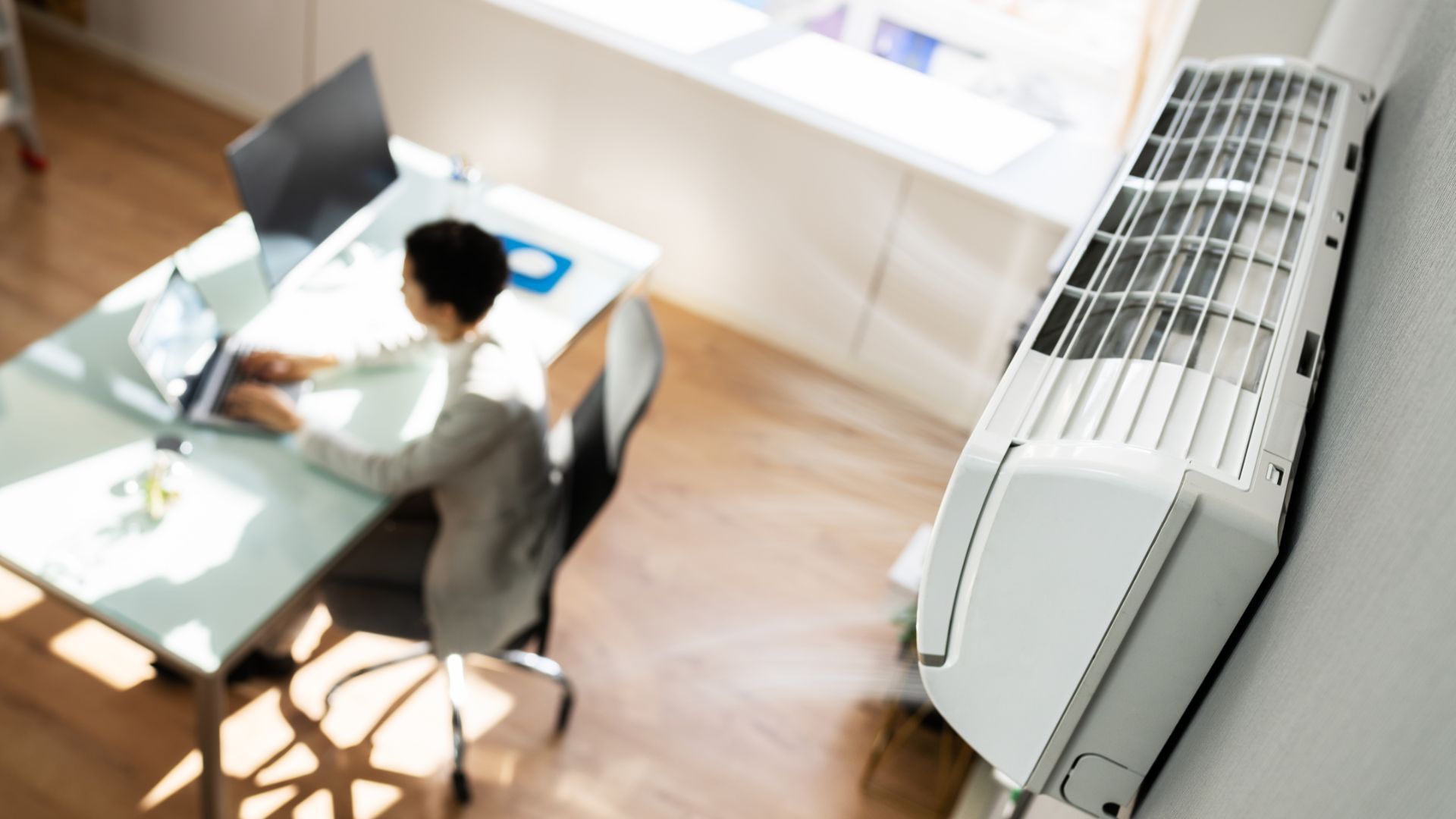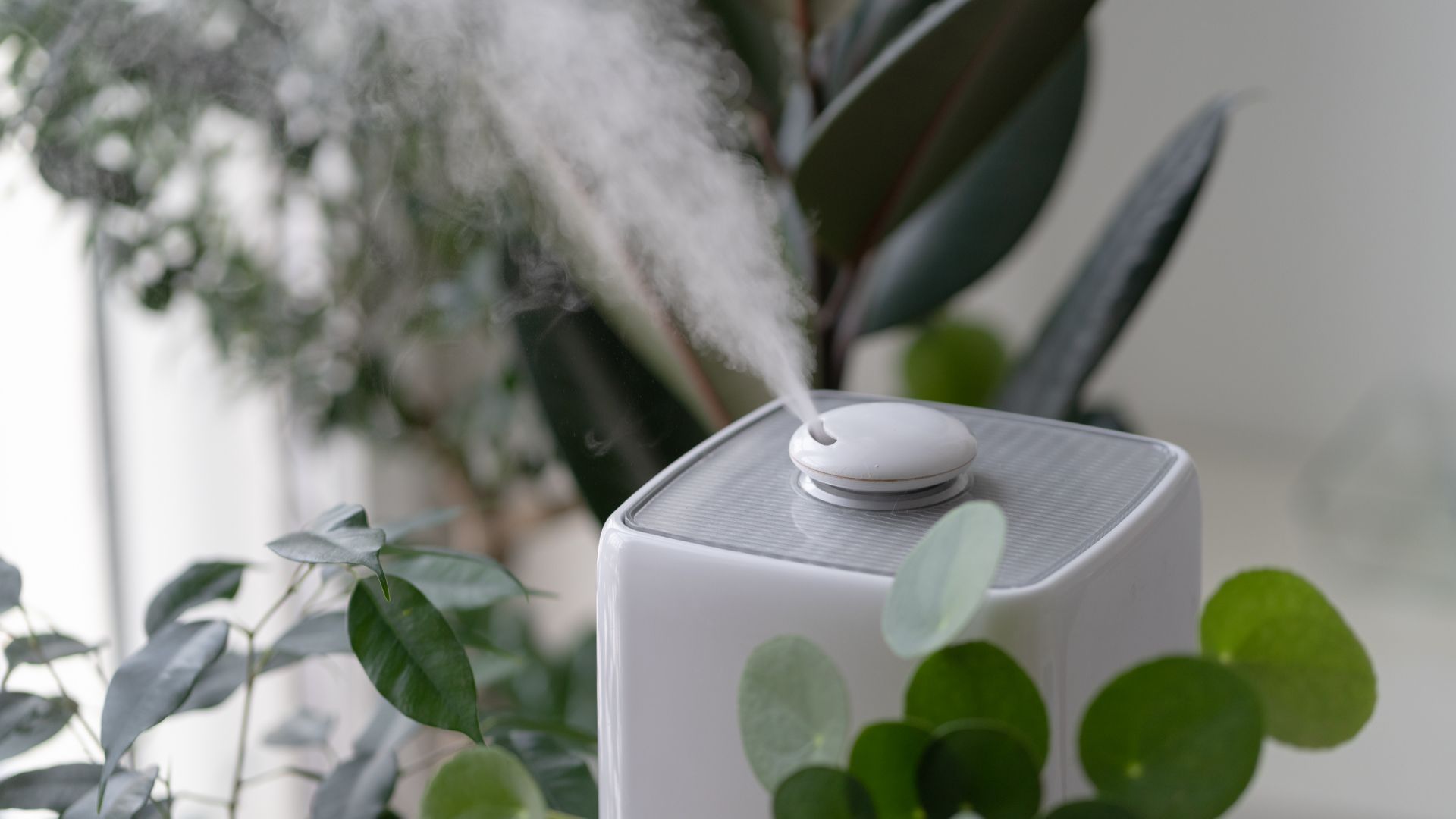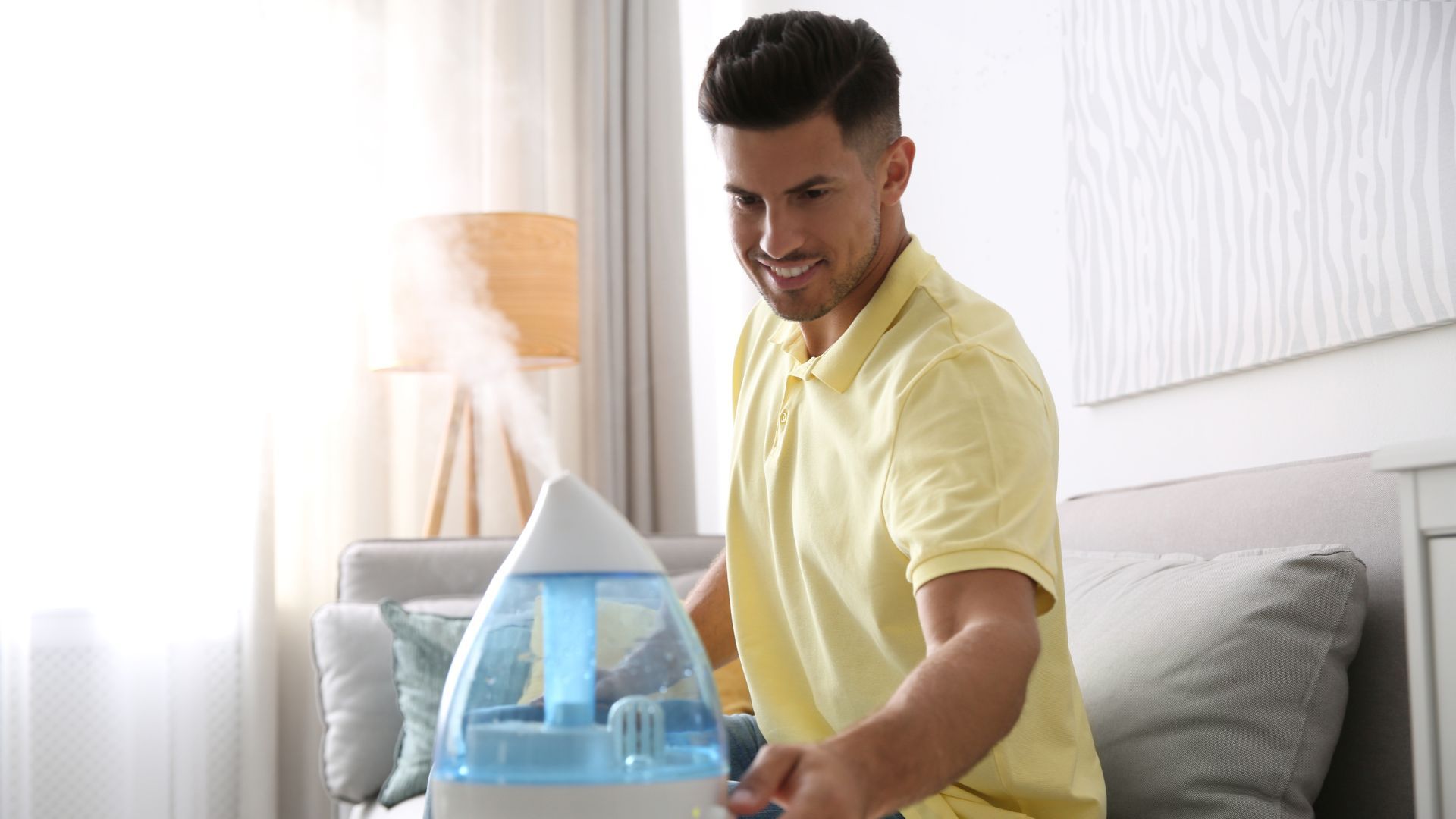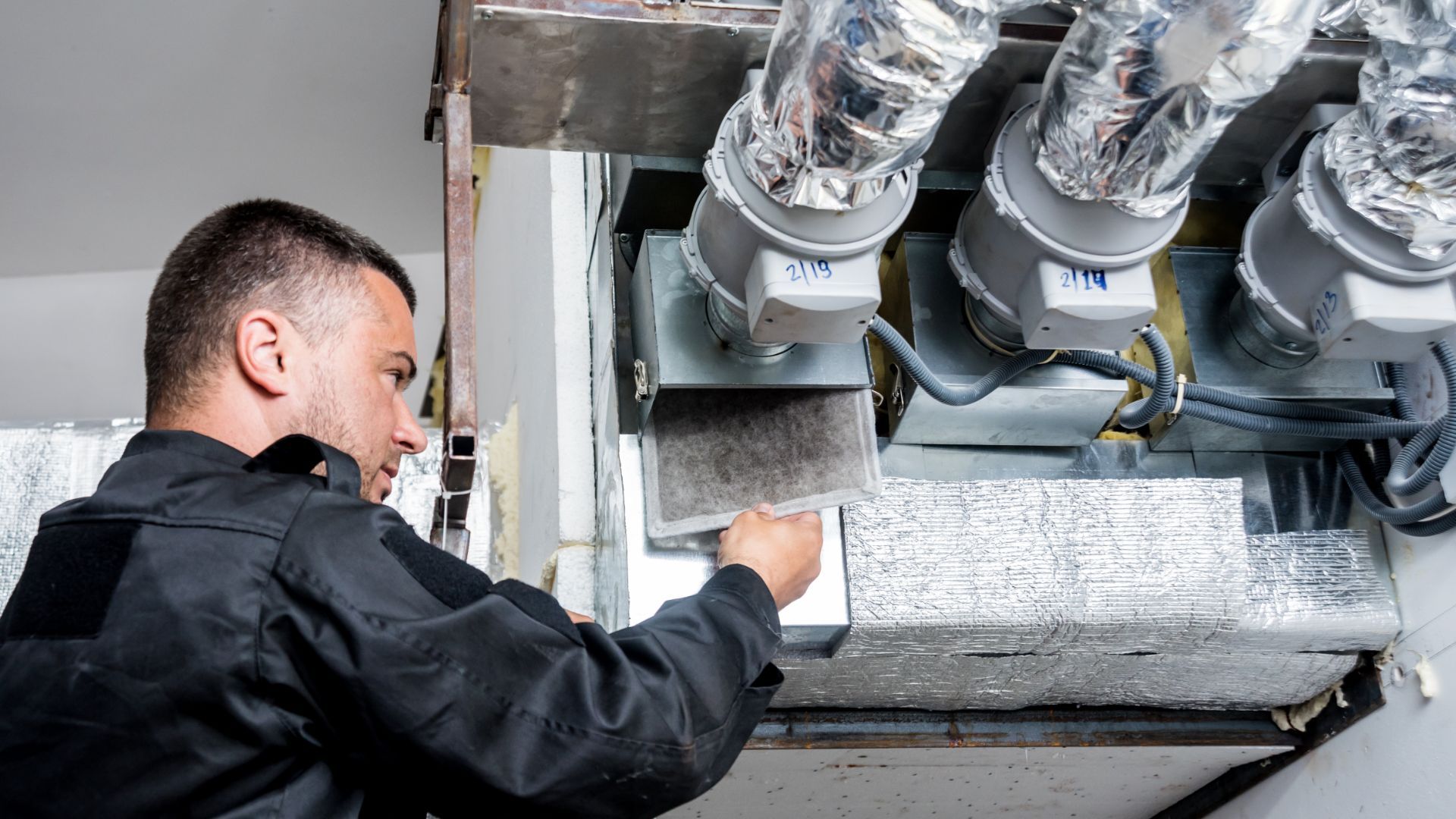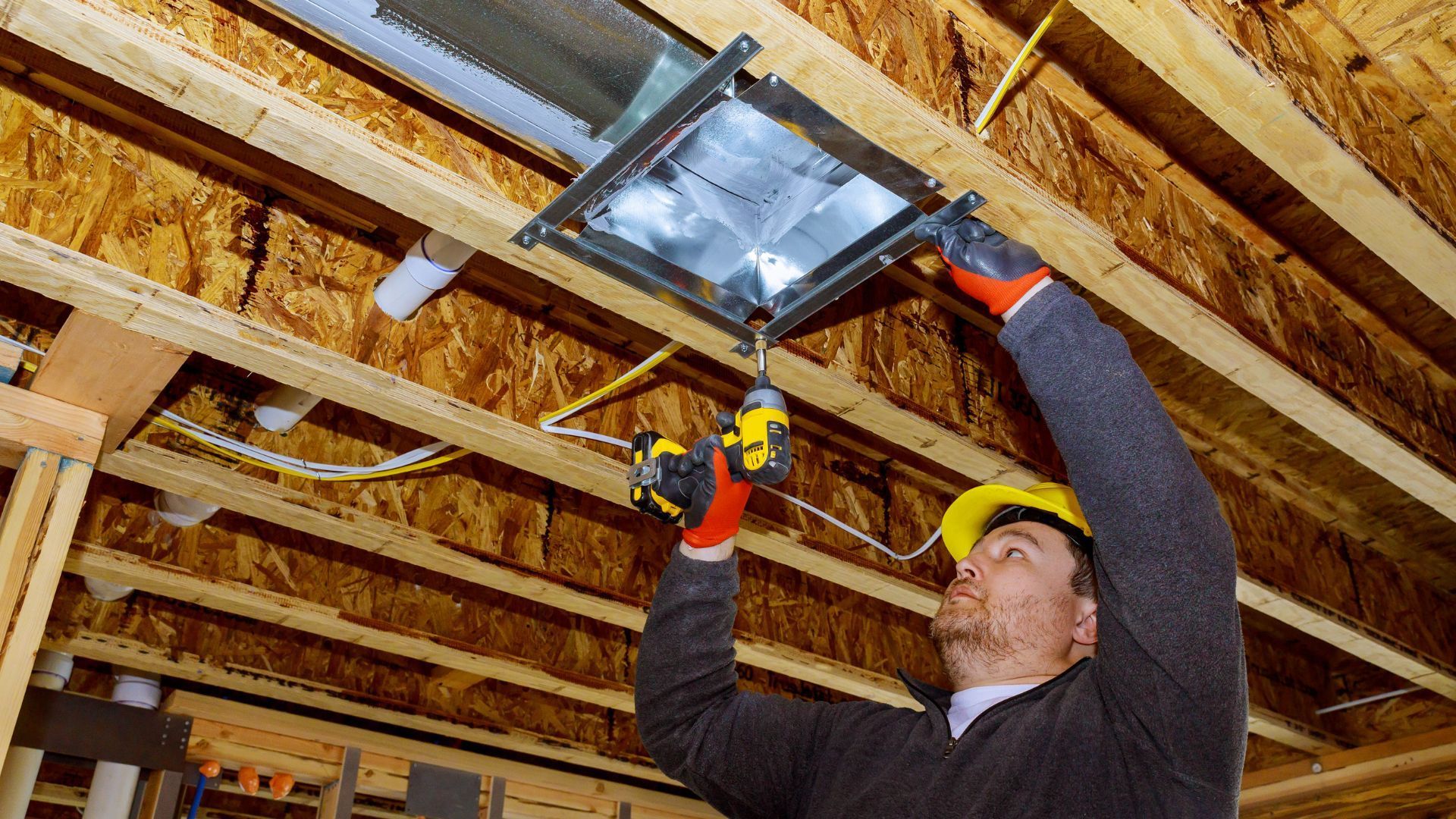Humidifier Thermostat: Improving Indoor Comfort and Health

Having the right level of humidity in your home is crucial for both your comfort and overall health. Too much or too little humidity can lead to various issues, such as dry skin, respiratory problems, and even damage to your furniture and walls.
To address this, a humidifier thermostat is an excellent solution that combines the functionalities of a humidifier and a thermostat to maintain optimal humidity levels indoors.
In this comprehensive article, we'll explore everything you need to know about humidifier thermostats. From understanding how they work to their benefits, we've got you covered. Let's dive in!
Before we delve into the specifics, let's start by understanding the fundamental concepts of a humidifier thermostat.
What is a Humidifier Thermostat?
A humidifier thermostat is a smart device that combines the features of a traditional humidifier and a thermostat. It not only adds moisture to the air but also monitors and controls the indoor humidity levels to maintain a comfortable and healthy environment.
How Does a Humidifier Thermostat Work?
The humidifier thermostat operates by measuring the humidity levels in the air and adjusting them as needed. When the humidity drops below the desired level, the device activates the humidifier to release moisture into the air. Once the optimal humidity is reached, the humidifier stops working until the humidity decreases again.
Benefits of Using a Humidifier Thermostat
Now that we have a general understanding of what a humidifier thermostat is and how it functions, let's explore the numerous benefits it offers.
- Optimal Indoor Comfort
A humidifier thermostat ensures that your indoor environment stays comfortable by maintaining the ideal humidity level, preventing the air from becoming too dry or too moist.
- Improved Air Quality
By adding moisture to the air, a humidifier thermostat helps reduce dust and allergens, improving the overall air quality in your home.
- Respiratory Health
Balanced humidity levels can alleviate respiratory problems like dry throat, irritated sinuses, and allergies, helping you breathe easier.
- Preservation of Furniture
Proper humidity levels can prevent wooden furniture from cracking or warping due to excessive dryness.
- Energy Efficiency
Humid air feels warmer than dry air, so using a humidifier thermostat can make your home feel more comfortable even at lower temperatures, potentially saving on heating costs.
- Reduced Static Electricity
Dry air often leads to annoying static shocks, which can be minimized with a humidifier thermostat.
Types of Humidifier Thermostats
Not all humidifier thermostats are the same, as there are several types designed to suit different needs. Let's explore some popular options:
- Central Humidifier Thermostat
A central humidifier thermostat is integrated into your home's HVAC system, adding moisture to the air as it circulates through the ducts. This type of humidifier thermostat is ideal for whole-house humidity control.
- Stand-Alone Humidifier Thermostat
A stand-alone humidifier thermostat is a portable device that can be placed in specific rooms to regulate the humidity locally. It's a great option for smaller spaces or if you don't need whole-house humidity control.
- Ultrasonic Humidifier Thermostat
An ultrasonic humidifier thermostat uses ultrasonic vibrations to produce a fine mist of water, dispersing it into the air. It operates quietly and is suitable for bedrooms and nurseries.
- Evaporative Humidifier Thermostat
An evaporative humidifier thermostat works by blowing air through a wet wick, creating water vapor that is released into the air. This type is energy-efficient and ideal for larger rooms.
- Steam Humidifier Thermostat
A steam humidifier thermostat boils water to produce steam, which is then released into the air. This type is highly effective and can be used for medical purposes as well.
Tips for Choosing the Right Humidifier Thermostat
With various options available in the market, selecting the perfect humidifier thermostat can be overwhelming. Here are some essential tips to help you make the right choice:
- Determine the Coverage Area
Consider the size of the area you want to humidify. If you need whole-house humidity control, a central humidifier thermostat is the best option. For specific rooms, stand-alone options are more suitable.
- Noise Level
If you plan to use the humidifier thermostat in bedrooms or nurseries, opt for a quiet model, like the ultrasonic type.
- Maintenance
Check how easy it is to clean and maintain the humidifier thermostat. Regular maintenance ensures optimal performance and longevity.
- Features
Look for additional features such as humidity level indicators, adjustable settings, and auto shut-off for convenience and energy efficiency.
- Energy Efficiency
Choose an energy-efficient model to save on electricity costs while minimizing environmental impact.
How to Install and Use a Humidifier Thermostat
Installing and using a humidifier thermostat is straightforward, but it's essential to follow the manufacturer's instructions. Here's a general guide:
- Read the Manual
Carefully read the user manual provided with the humidifier thermostat for proper installation and operation.
- Choose the Location
Place the humidifier thermostat away from heat sources and at a comfortable height for easy access.
- Connect to Power
Plug the humidifier thermostat into a power source or connect it to your HVAC system, depending on the model.
- Set Desired Humidity Level
Use the controls to set your preferred humidity level. The device will automatically turn on and off to maintain this level.
- Monitor and Maintain
Regularly check the humidity levels, clean the unit, and change filters as necessary to ensure efficient operation.
FAQs
Q: Can I use a humidifier thermostat during the summer months?
Absolutely! While we often associate humidifiers with the winter season, they are equally beneficial during hot months when air conditioning can cause dryness.
Q: How often should I clean my humidifier thermostat?
It's recommended to clean your humidifier thermostat every one to two weeks, depending on the model and frequency of use.
Q: Can a humidifier thermostat help with allergies?
Yes, a humidifier thermostat can help ease allergy symptoms by reducing airborne allergens and preventing dry nasal passages.
Q: Will a humidifier thermostat make my home feel warmer?
Yes, humid air feels warmer, allowing you to lower your thermostat and save on heating costs.
Q: Can I use essential oils in my humidifier thermostat?
Not all humidifier thermostats are designed for essential oils. Check the manufacturer's guidelines before using any additives.
Q: Is it normal for my humidifier thermostat to produce white dust?
Some humidifier thermostats may produce white dust due to mineral residues in the water. Using distilled or filtered water can help reduce this issue.
Conclusion
A humidifier thermostat is a valuable addition to any home, providing optimal humidity levels for enhanced comfort, improved air quality, and better health. By understanding the different types and following our selection tips, you can find the perfect humidifier thermostat to suit your needs.
Remember to maintain your device regularly and use it appropriately to enjoy all the benefits it offers. Stay comfortable and healthy all year round with a reliable humidifier thermostat!
